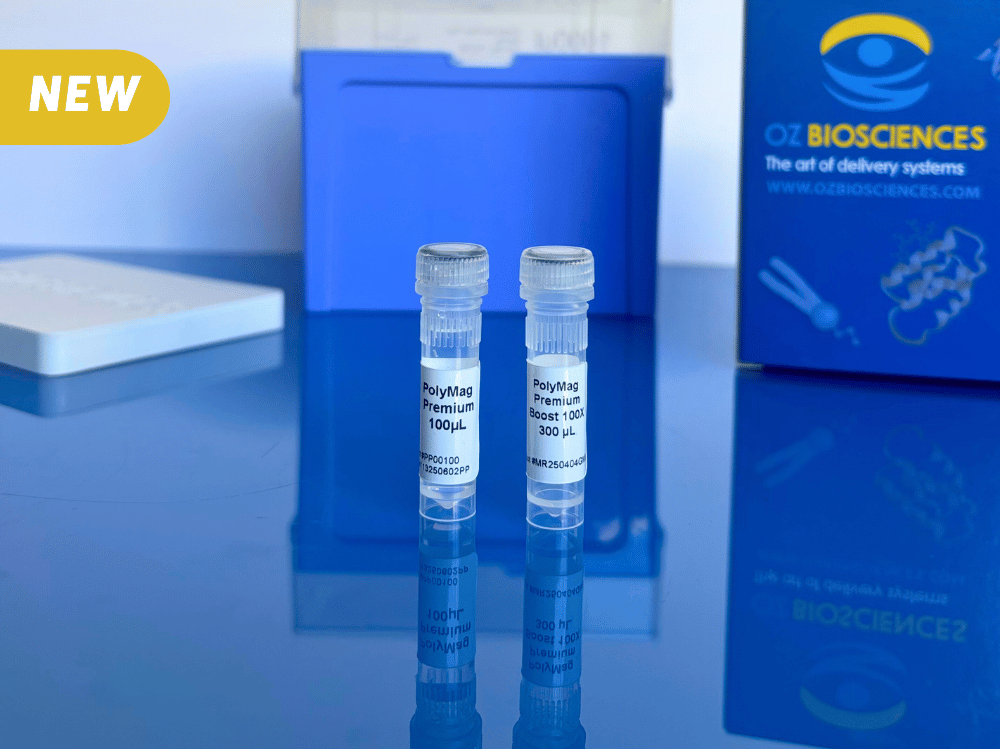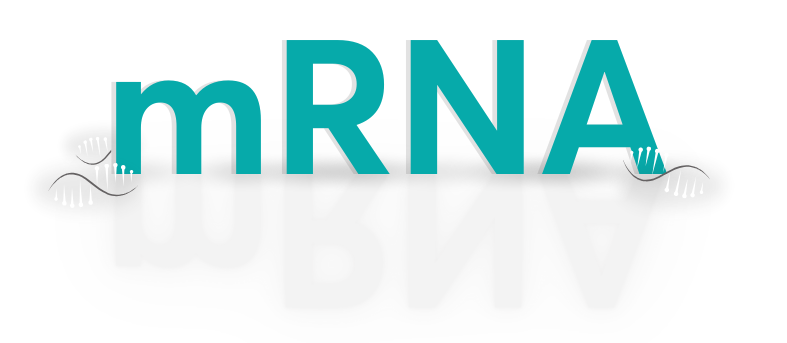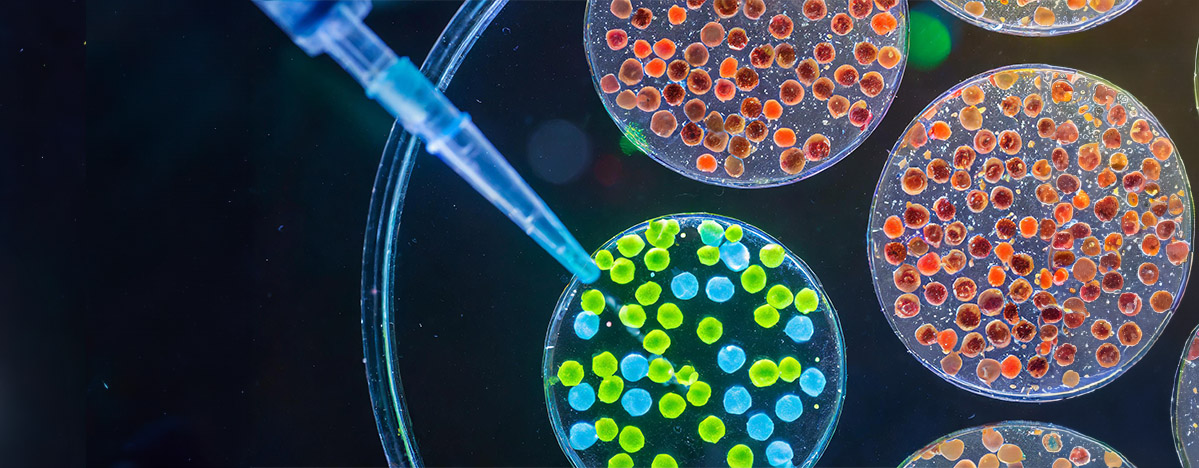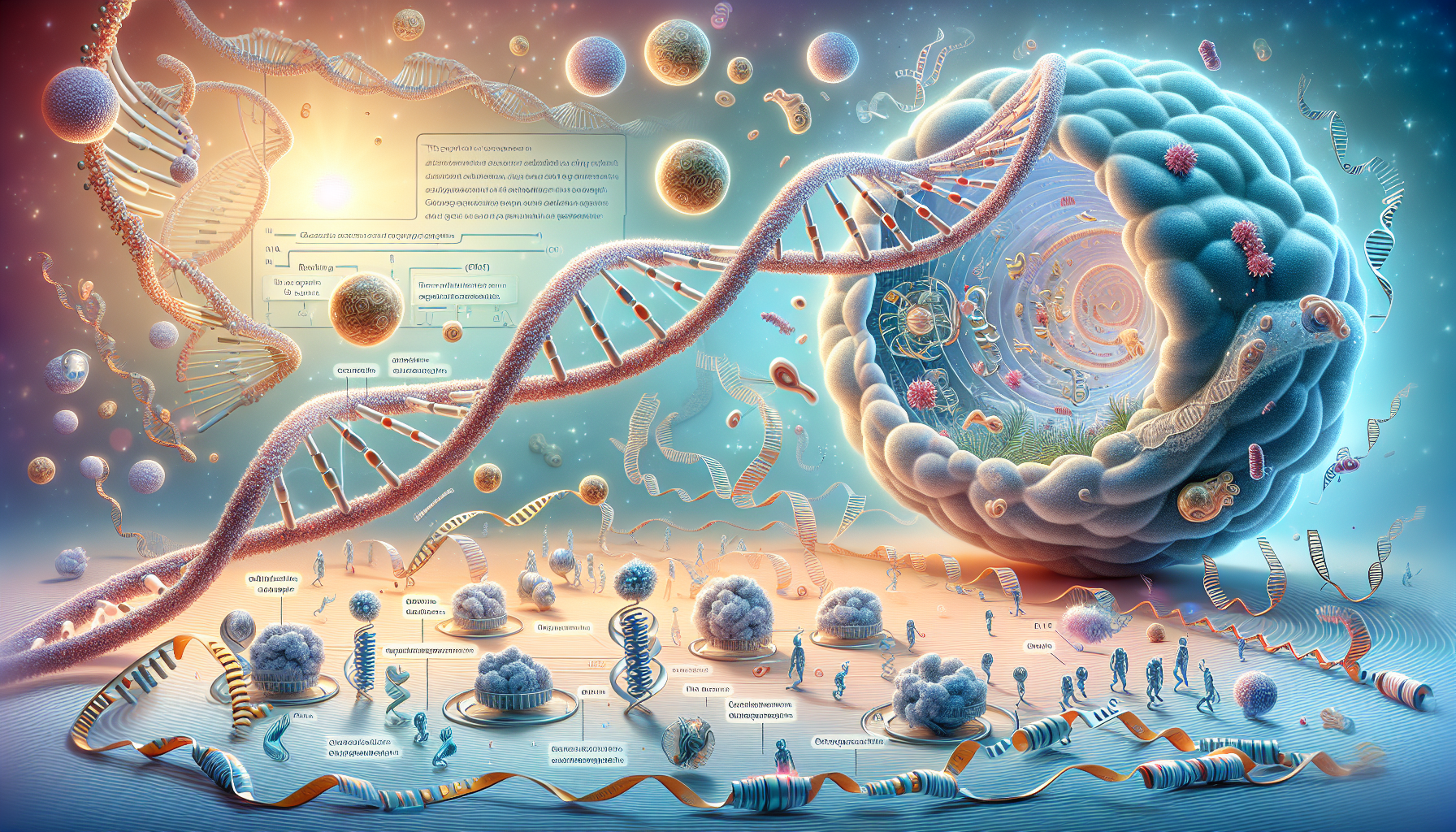BLOG > mRNA & LNP > Why choose mRNAs over pDNA?
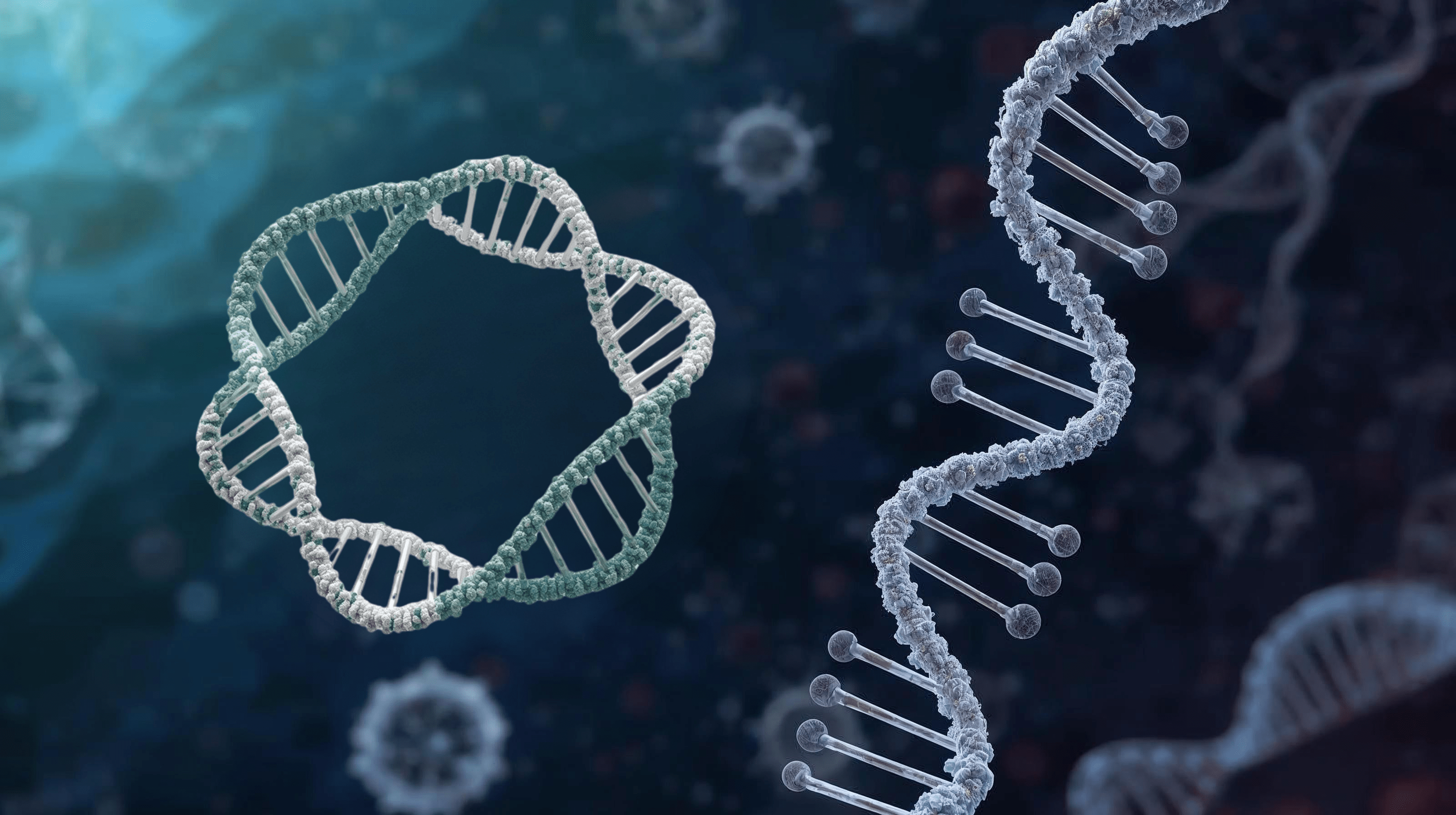
Summary:
1. mRNA: Overview and Key Functions
2. Plasmid: Overview and Key Features
3. mRNA Advantages over Plasmid DNA:
3.1 ADVANTAGE #1: Cytoplasmic Expression Eliminates the Need for Nuclear Entry.
3.2 ADVANTAGE #2: Non-Integrative Nature Enhances Genetic Safety.
3.3 ADVANTAGE #3: Suitable for Hard-to-Transfect and Primary Cells.
Choosing the right genetic material is a critical step in molecular biology and therapeutic development. Among the most common options, the comparison between mRNA and plasmid DNA (pDNA) frequently arises in the context of gene expression and protein synthesis. While plasmid vectors have long been used as templates, synthetic mRNA provides an alternative pathway that bypasses nuclear entry and enables direct cytoplasmic translation.
These differences impact not only the speed and efficiency of protein production, but also the safety and flexibility of experimental design. Explore the advantages and limitations of mRNA versus plasmid DNA to determine the most reliable method for achieving efficient protein expression in your experiments.
1. mRNA: Overview and Key Functions
Messenger RNA (mRNA) is a transient nucleic acid molecule that serves as the direct template for protein synthesis: it is a single-stranded nucleic acid transcribed from DNA during gene expression.
It serves as a critical intermediate, conveying genetic information from the nucleus to the cellular machinery responsible for protein synthesis. Acting as a blueprint for gene expression, mRNA does not persist indefinitely and ensures transient protein production.
The primary cellular function of mRNA is thus provide a template for protein production, facilitating efficient translational efficiency and contributing to overall protein yield. Beyond its role in translation, mRNA plays a significant part in the regulation of gene expression through several key mechanisms. In the nucleus, processes like capping, splicing, and polyadenylation control mRNA stability and the variety of proteins produced. Once in the cytoplasm, mRNA levels are further regulated by stability factors and microRNAs, which can either promote degradation or enhance stability. Translation efficiency is influenced by elements in the untranslated regions (UTRs) and by regulatory proteins, while subcellular localization ensures that proteins are synthesized exactly where they are needed. Finally, surveillance pathways such as nonsense-mediated decay remove faulty mRNAs, maintaining accuracy in gene expression. Through these mechanisms, mRNA serves as a dynamic regulator of protein production in the cell.
By enabling rapid and controlled cytoplasmic expression of proteins, mRNA has become a versatile tool in molecular biology and therapeutic applications. Its ability to drive transient expression without requiring integration into the genome differentiates it from traditional DNA-based systems, providing both safety and precision for experimental and clinical purposes.
For a detailed review of mRNA structure and processing, including transcription, splicing, nuclear export, and translation, see our article: Messenger RNA: from transcription to translation.
2. Plasmid DNA: Overview and Key Features
Plasmid DNA (pDNA) is a circular double-stranded DNA molecule widely used as a vector in molecular biology and gene expression studies to deliver genetic information into cells. Unlike mRNA, pDNA must enter the nucleus to be transcribed into mRNA before protein synthesis can occur. This nuclear dependency inherently results in slower onset of gene expression compared to mRNA and introduces additional factors affecting transfection efficiency. While plasmids can provide more sustained expression, they thus bear variable performance depending on the ability of cells to take up DNA and deliver it into the nucleus.
The primary function of plasmid DNA is to provide a stable template for the production of mRNA and subsequent protein expression. Plasmid vectors typically include regulatory elements such as promoters and enhancers, which control transcription and influence the overall protein yield. However, because pDNA relies on nuclear entry and replication, the timing and level of expression can be variable. Plasmid DNA also carries considerations for safety and cellular handling. Integration into the host genome, although rare, is possible and may lead to unintended genetic modifications. Additionally, pDNA expression is generally less transient than mRNA, which can be advantageous or limiting depending on the experimental or therapeutic context.
Still, the main advantage of plasmid DNA is its ability to ensure more sustained protein expression over time, making it suitable for experiments or therapeutic strategies that require longer-term expression. For example, our pVectOZ Transfection Plasmids are designed with an optimized backbone to support high expression levels in mammalian cells, while also ensuring high-yield production in Escherichia coli. They are available with a range of popular reporter genes (CAT, GFP, LacZ, Luciferase, SEAP), offering researchers flexible options for both in vitro and in vivo applications.
By understanding these characteristics, scientists can better evaluate the relative efficiency, safety, and suitability of pDNA compared to mRNA for therapeutic applications, in vitro studies, and protein production workflows.
3. mRNA Advantages over Plasmid DNA:
3.1 ADVANTAGE #1: Cytoplasmic Expression Eliminates the Need for Nuclear Entry.
One of the key advantages of mRNA over plasmid DNA is that it does not require nuclear uptake to be expressed. Translation of mRNA occurs directly in the cytoplasm, enabling rapid gene expression and efficient protein synthesis. By bypassing the nuclear barrier, mRNA allows more predictable and controlled cytoplasmic expression, contributing to higher protein yield and making it a highly versatile tool particularly in non-dividing or hard-to-reach cells. In contrast, plasmid DNA must enter the nucleus and undergo transcription before translation can begin, which can slow protein production, particularly in slow-dividing or non-dividing cells. Moreover, translation of mRNA is not promoter-dependent. In plasmid DNA, transcription relies on regulatory elements such as promoters and enhancers, which can vary in efficiency depending on the cell type. In contrast, mRNA provides a more universal and consistent way to achieve protein synthesis across different biological systems.
From DNA to Protein
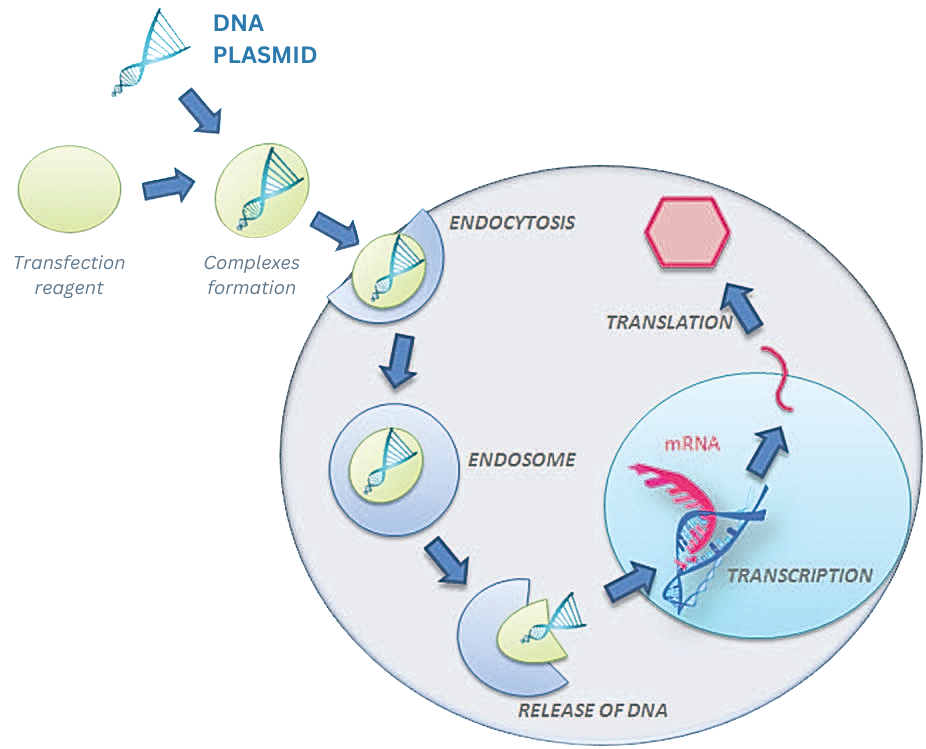
From mRNA to Protein
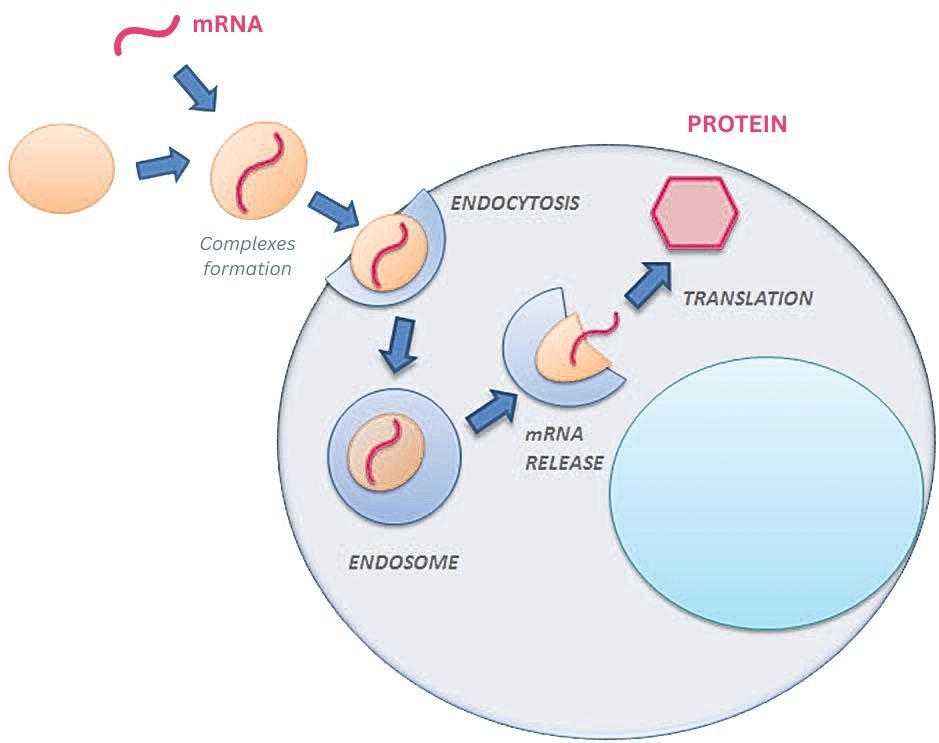
Figure 1: Protein translation process following DNA and mRNA transfection.
3.2 ADVANTAGE #2: Non-Integrative Nature Enhances Genetic Safety.
Another major advantage of mRNA compared to plasmid DNA is its non-integrative nature which enhances genetic safety. Contrary to pDNA, which has the potential to integrate into the host genome and disrupt normal genetic function, mRNA remains non-permanent and degrades naturally after its function is complete, reducing the risk of mutagenesis. Its transient expression profile allows precise control of protein expression, reducing potential safety concerns in both in vitro studies and therapeutic applications. This intrinsic property makes mRNA particularly suitable for applications where genomic stability is critical.
3.3 ADVANTAGE #3: Suitable for Hard-to-Transfect and Primary Cells.
mRNA has several merits over DNA that allows to genetically modify primary and hard-to-transfect cells more easily.
Beside the fact that with mRNA there is no risk of integration into the host genome, mRNA transfection is cell cycle-independent, particularly suitable for slow-dividing cells such as endothelial cells or dendritic cells1. Its direct translation in the cytoplasm enables effective expression in cell types that are typically resistant to plasmid uptake or inefficient in transporting DNA to the nucleus. This flexibility allows reliable protein synthesis in a wide range of cells, making mRNA a valuable tool for molecular biology research and the development of therapeutic applications such as vaccine delivery, immunotherapy, and regenerative medicine.
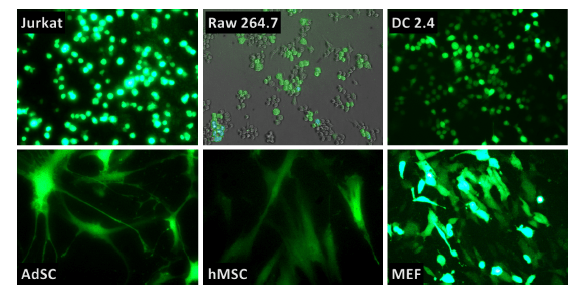
Figure 2: Jurkat T cells, Raw264.7, DC2.4, primary human Adipose Stem Cells, primary human Mesenchymal Stem Cells and Mouse Embryonic Fibroblasts were transfected using RmesFect transfection reagent and mRNA-GFP from OZ Biosciences.
4. mRNA complete benefits over Plasmid DNA:
In summary, messenger RNA (mRNA) offers faster onset of protein expression, improved safety by avoiding genomic integration, and broader applicability across diverse and sensitive cell types compared to plasmid DNA. These advantages highlight why mRNA is increasingly favored in modern biomedical research and therapeutic development, making it the preferred tool for applications requiring efficient, safe, and transient protein expression.
mRNA Key benefits:
- No need for nuclear uptake - protein expression directly in cytoplasm.
- Faster protein expression than DNA transfection.
- No genomic integration.
- Perfect for transfecting slowing or non-dividing cells.
- Protein expression in a total promoter-independent manner.
- Transient transfection: mRNA based expression of proteins sustains for a limited time.
When comparing mRNA vs plasmid DNA, the advantages of mRNA are clear: direct cytoplasmic expression, faster protein production, no genomic integration, and reliable performance in both dividing and non-dividing cells. These properties make stabilized mRNA a safer and more efficient alternative for researchers aiming to achieve precise and controlled protein expression.
In practice, this means that choosing to transfect with stabilized mRNA instead of plasmid DNA can help overcome many of the limitations associated with DNA-based approaches, while providing greater flexibility across diverse biological systems.
To explore further, we invite you to discover our other resources dedicated to messenger RNA, browse our complete mRNA catalogues, and learn more about our custom mRNA services tailored to your research needs.

